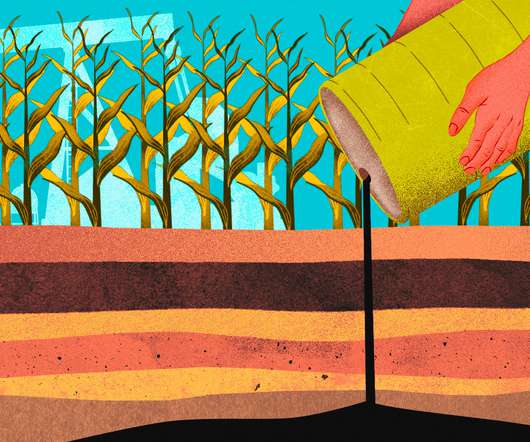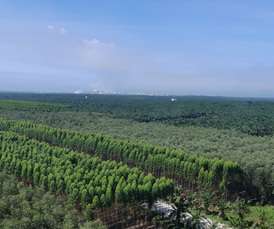GHG Protocol: Scope 1 Emissions Explained
Green Business Bureau
MAY 11, 2022
Scope 2 emissions are indirect GHGs released from the energy purchased by an organization. Building on this article, we’ll be publishing three articles in a series, each one focusing on a specific emission scope category. a log burning fire), or a stationary combustion engine. is about to enforce the electric vehicle switch.















Let's personalize your content